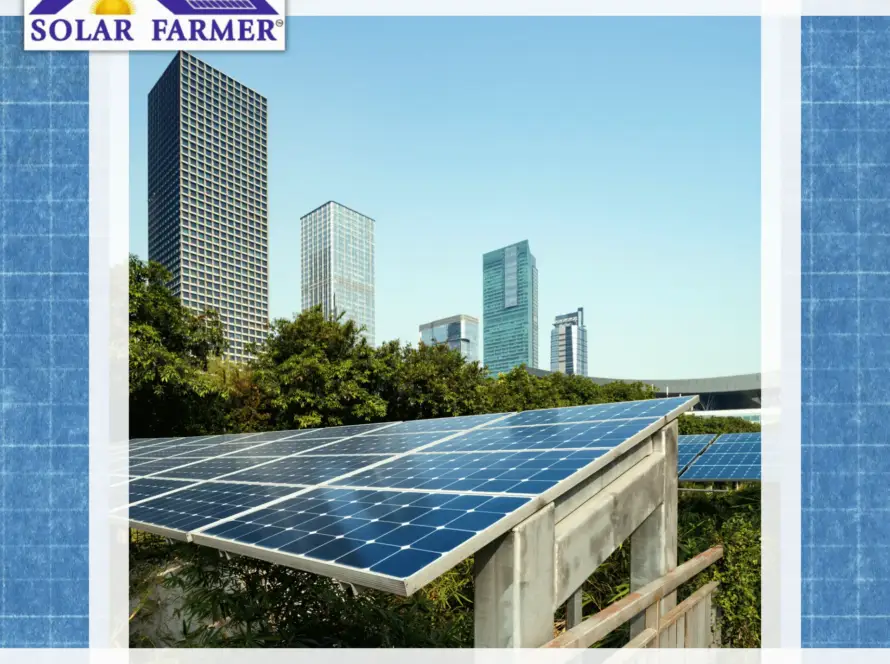India’s solar energy sector has experienced significant growth, marked by major developments and a substantial increase in solar capacity.
Capacity Expansion in India’s Solar Sector
India added a record 15 GW of new solar capacity in the fiscal year ending March 2024, bringing the total operating solar capacity to 81.8 GW. Most of this capacity comes from ground-mounted utility-scale solar plants, accounting for 64.4 GW, while rooftop solar projects contribute 11.9 GW. Analysts predict this upward trend will continue, with an estimated 16 GW of new solar capacity expected in fiscal 2024-2025.
Boosting Domestic Solar Manufacturing and Policy Support
The annual nameplate capacity for solar modules in India reached 64 GW in March 2024, nearly doubling from the previous year. This growth is driven by initiatives like the production-linked incentive (PLI) scheme and the imposition of basic customs duties on imported solar modules and cells. These measures aim to boost domestic solar manufacturing and reduce reliance on imports.
State-wise Solar Potential and Investments:
The National Institute of Solar Energy (NISE) has identified India’s solar potential as around 748 GW, with significant contributions from states like Rajasthan, Jammu & Kashmir, and Maharashtra. In the last financial year, substantial investments were allocated to various states for solar sector development, highlighting the government’s commitment to expanding solar infrastructure nationwide.
Challenges and Strategic Focus for India’s Solar Future
Despite these advancements, India faces challenges in ensuring grid stability and managing higher integration costs associated with increased renewable capacity. Addressing these issues is crucial for maintaining growth momentum and achieving the 500 GW renewable energy capacity target by 2030.
India’s solar energy sector is poised for continued growth, supported by favorable policies, substantial investments, and a robust project pipeline. Overcoming infrastructural and financial challenges will be essential for sustaining progress and meeting long-term renewable energy goals.



